|
By Markus Krueger Every few years, the City of Moorhead calls in their engineers and surveyors to check the mast of the Hjemkomst Viking Ship to ensure it remains as close to 90 degrees as possible. If the ship’s tall mast leans one way or the other, it would put stress on the hull of the ship below and possibly keel over. I don’t know the last time this happened, but I recall writing a short article in our newsletter about it, so one could check if they wanted a date. In January of 2024, the City wanted to do it again. To lead this crew, they called Steve Ingersoll out of retirement to show the younger city crew how to do it. Ingersoll is the retired Survey Crew Lead for the City of Moorhead, and he has been surveying the ship’s mast with an assistant or two for at least the last 20 years that I’ve been doing it, and probably longer. On January 11, 2024, Ingersoll arrived with current Survey Crew Lead Eric Norstad, Engineer Technician Chris Vistad, and CAD Manager Josh Caroon. Hjemkomst First Mate Mark Hilde was called in to advise us in case we needed to tighten or loosen any ropes. Markus Krueger and Kevin Wander from the Historical and Cultural Society of Clay County were here and so was the Hjemkomst Center’s Assistant Facilities Manager Michelle Griffin.
Surveyor Ingersoll and Hjemkomst crewmember Hilde are both already retired and might not feel up to climbing aboard the ship the next time we measure. Hjemkomst Center building manager Holly Heitkamp and HCSCC executive director Maureen Kelly Jonason will also be retired in two years’ time. All of us wanted to make sure our younger coworkers knew how to do this. One interesting aspect of bringing younger coworkers to the project is they have new ideas. On January 11, 2024, the city workers wanted to see if they could get the same or better information by using a drone with a camera. This would prevent the need to lug the surveying equipment into the back of the ship, and it allows us to take photographs. Hilde and Krueger climbed aboard the ship to take down the line from which the flags hang so it would be out of the way of the drone’s flight path. There was something very fun about a drone flying around a Viking Ship. The drone took a lot of photographs that may prove helpful in further analysis, but it was decided that the surveying crew needed to come back and do it the old fashioned way after all. The surveyors did bring out their equipment on the 11th to measure if the ship was listing to starboard or port – that is, if it is tipping too much to the west (starboard) or the east (port). They found that the Hjemkomst is listing to port…by 1/100 of an inch. This is good. They were all very impressed that the ship was so level from one side to the other. After determining that the work needs to be done the traditional way, Steve Ingersoll, Chris Vistad, Mark Hilde, Michelle Griffin, and Markus Krueger assembled again on January 16. Steve and Chris climbed into the stern (rear) of the Hjemkomst ship and set up their surveying equipment as far back as they can fit. There is a silver strip of duct tape on the floor that they use as a marker to return to year after year. There is also a silver strip of duct tape about seven or eight feet up on the mast itself that is also used for this surveying process. To get a clear view with their equipment requires Mark and Markus to take down the rear-most mast rest – those are the 7-foot-tall wooden capital Ts. The mast rests simply lift out of the hole they are in, but they probably extend 3 feet down to the keel below the deck. The Findings and the Concerns:
As has always been the case, the mast is reasonably straight at 90 degrees but, toward the top, the mast bends a bit to the port side (the east side). It might be off just a few inches. Mark Hilde said it never was completely straight even when they were sailing it. We can’t get the mast completely straight because…well…it’s not straight. The easiest way to see this, Steve Ingersoll says, is to walk behind the ship and look straight at it, right in the middle of the keel, so Igor’s Tail is blocking the mast – you’ll see the top of the mast jut out to your left. The bend in the mast begins right above the yard of the main sail. Some sailing vocabulary might be necessary here: the mast is the tall vertical pole that comes out of the deck of the ship and supports the sail. The yard is the horizontal pole that the sail hangs from – the top of the sail is tied to the yard. The main sail is the bigger sail and the top sail is the smaller sail above the main sail. The top sail is also tied to a horizontal wooden yard. So right above the horizontal wooden pole (yard) that the main sail is tied to, that is where the mast starts bending toward the east. Below that point, it is reasonably straight. Caption: The Main Yard in this picture goes from the upper left hand corner to the lower right corner. You can clearly see a cluster of wooden wheels that are used to help raise and lower the yard on the mast – the warp in the mast starts about there and bends to the left. We could make the mast lean more to starboard (to the west/right) if we tighten the ropes on the starboard side that connect to the mast, but that would make most of the mast crooked. And we are also concerned about what adjusting all that weight and tension would do to the structure of the ship. She is less than perfect, but we cannot make her perfect, and she has been used to sitting just this way since the roof was replaced and the sail was rehung in 2006-07. Recommendation: We leave it as it is. 2.The ropes are old and none of us know how long they will last. Mark Hilde and Steve Ingersoll both agree that their primary concern is the ropes, which date to the early 1980s or maybe even late 1970s, and have been in the same position, unmoved, since 2007. We would be interested in having an expert look at our ropes to either assure us that these old ropes are just fine or tell us when and how they should be replaced. Caption: The Main Yard in this picture goes from the upper left hand corner to the lower right corner. You can clearly see a cluster of wooden wheels that are used to help raise and lower the yard on the mast – the warp in the mast starts about there and bends to the left. We could make the mast lean more to starboard (to the west/right) if we tighten the ropes on the starboard side that connect to the mast, but that would make most of the mast crooked. And we are also concerned about what adjusting all that weight and tension would do to the structure of the ship. She is less than perfect, but we cannot make her perfect, and she has been used to sitting just this way since the roof was replaced and the sail was rehung in 2006-07. Recommendation: We leave it as it is. Just a quick aside to reiterate the importance of having someone who knows the ropes be a part of this process…There is a board that we all must climb over to get to the stern of the ship with all of the surveying equipment. You will climb right between these two pins with ropes wrapped around them. The one above left is what is keeping the main sail from crashing to the ground. The one on the right is what keeps the top sail from crashing to the ground. Don’t mess with them unless a knowledgeable person that you trust tells you they need to be messed with. There will come a day when our Hjemkomst crew members won’t be able to climb the ladder to guide us anymore. When that day comes, we need to have an experienced sailor on board to make sure we are doing things safely. We have never adjusted these ropes as part of the surveying process, but we did adjust other ropes (namely the one the flags are flying on) and it is essential to have someone who knows that we want to pull on this rope, not that rope, and can perhaps save the day by tying the right knot at the right time. Recommendation: HCSCC and/or the City of Moorhead should get a specialist to look at our ropes and tell us if there is a problem or not. This might take a structural engineer, and it might take a grant to pay for it.It may be a good idea to install some kind of fail-safe system that will catch and support the yard if this rope breaks.
0 Comments
by Maureen Jonason, Executive Director Throughout 2023, HCSCC met all of its budgeted fundraising goals and paid all its bills on time. Programming fulfilled our mission to collect, preserve, interpret and share the history and culture of Clay County and our two strategic priorities to 1) “Expand the circle” to include Native Americans, immigrants, other recent arrivals, and under-represented groups and 2) Continue to develop experiences that invite people to share their own stories and those of others.
Exhibits The Ralph’s Corner Bar exhibit continued into 2023. In the hall cases and atrium, Downtown Moorhead: 150 Years of Change and WDAY TV Negative Collection drew a lot of visitors the first half of the year. The traveling exhibit Patient No More took up the atrium all summer. Aug. 1, At Last: Ten Years of Marriage Equality in MN opened and continues into 2024. The traveling exhibit Away from Home: American Indian Boarding School Stories shared the difficult history of this US government initiative Oct. – Jan. The Ihdago Manipi: Clay County at 150 exhibit continued in the lowest level through 2023. Events A busy year of programs began with wine culture classes at the Hjemkomst Center and special wine dinners at the Comstock House, a total of 4 classes and 3 dinners throughout 2023. In February, our Black History Month presentation on the Rondo Brothers of Moorhead was held at MSUM. In March, a special jazz concert celebrated the legacy of Dr. James Condell, a longtime Moorhead jazz musician and MSUM psychology professor, who died in 1998, as part of the Ralph’s exhibit programs. HCSCC Programming Director Markus Krueger gave a live-streamed tour of the Ralph’s exhibit in April and continued his monthly History-on-Tap presentations at Junkyard Brewery October to May. May is always packed with school tours with about 1500 children seeing the exhibits. June included the HCSCC annual meeting and a Juneteenth celebration while tours of Comstock House began. HCSCC also started offering monthly sensory-friendly Tuesday nights. An opening reception for the At Last exhibit took place Aug. 1, and Aug. 12 was an Ojibwe jingle dance demonstration. Sept. 12 a large crowd learned about the history of pockets from textiles curator Susan Curtis, and Sept. 26 Brain Cole presented on his new book Once a Spud . . . 150 Years of Moorhead Public Schools. On Oct. 24, Ralph’s Corner Bar fans raised a final glass to celebrate this iconic watering hole at the exhibit’s closing. On Nov. 14, Dr. Denise Lajimodiere presented on her book Stringing Rosaries: The History, the Unforgivable, and the Healing of Northern Plains American Indian Boarding School Survivors for the opening of the Away from Home exhibit. The 29th annual Pangea—Cultivate Our Cultures Festival took place with over 1000 visitors on Nov. 18. On Dec. 2, over 200 people gathered to hear Bud Larsen, Fargo Spelemanslag, and Loretta Kelley perform hardanger fiddle favorites and learn about this national instrument of Norway with a reception of Scandinavian goodies afterward. Special Projects: With the support of grants, we accomplished a number of special projects in 2023: The Minnesota Historical Society (MHS) provides funding each year for HCSCC to manage the Comstock House. In addition, MHS funded an Historic Structures Report for the Rollag One-room Schoolhouse to assess its conservation needs, the construction drawings for Bergquist Cabin for future conservation treatment, the conservation treatment of a 1934 painting done by Swedish immigrant Erik Ahlberg, a new flat textiles cabinet and metal quilt stand, the printing of the book Prairie Daughters: The Art and Lives of Annie Stein and Orabel Thortvedt which will be published in 2024, and interpretive signage to be installed adjacent to the Felix Battles monument at MSUM. by Lisa Vedda One issue that some museums in Minnesota face in their historical collections is abandoned loans. These are objects that a patron has loaned to the museum for display, research, or another purpose, but for whatever reason, the lender did not respond to attempts by the museum to arrange for the items to be returned. This can be a problem for museums because these items take up space in the museum’s storage and require resources to care for their preservation, but the museum does not hold clear title to the objects and so cannot remove the object from its collection and possession if the object is deemed to no longer fit the museum’s collecting objectives. When the Clay County Historical Society opened its first museum in 1936 in the basement of McLean Hall at the Moorhead State Teachers College, many objects were given or donated to the museum, but many more were loaned for the first educational displays of Clay County history. The terms of these loans were often informal, with the lender allowing the museum to use the objects for as long as it needed to, and the museum giving license to the lenders to stop by to pick up the objects whenever they would like. Over the years, many items were returned, but many still remain in the museum’s collection. HCSCC no longer accepts loans of objects without a defined end date.
In 2004, the state’s museum community achieved the goal of having legislation passed with a path for museums to follow to acquire clear ownership of these types of objects in their collections, called the Minnesota Museum Property Act. The law outlines clear steps that the museum must take and document in order to be able to declare ownership of abandoned pieces in their collection. The museum must first attempt to notify the lender of the abandoned property by certified mail one final time at their last known address. If the lender or their heir does not come forward within the time allotted after the delivery of the mail notification, the museum must publish notice in a local publication for a specified period of time. If the lender or an heir does not contact the museum within the designated time frame after the public notice, the museum may claim ownership of the loaned objects. The collections staff at the HCSCC has begun the process of identifying objects and collections that were loaned in order to begin the process of acquiring clear title to them. It will be a time-consuming project and will incur some costs, but it is a necessary task for responsible stewardship of the society’s collection of artifacts that document the county’s history. by Markus Krueger 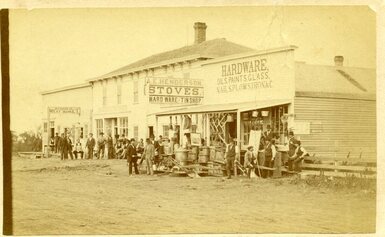 I was at a long table full of friends at a regular Friday after work get together. John Trelstad mentioned that he just ran across the lyrics to the first song he ever wrote. In 1975, John was asked to write a song about a local double murder that took place in 1873. Some guy named Patrick Sullivan did it, he said. I darn near dropped by glass of “Friday after work juice.” “Patrick Sullivan?” I exclaimed. “The guy who killed Jerry Brennan and Whats-His-Name Fallon?” I was shocked. There is actually a song about this piece of Wild West Moorhead history? Here’s what happened 150 years ago. Patrick Sullivan was a worker on the Northern Pacific Railway who, sources say, was involved in leading other workers in a strike. Employers frown upon that kind of behavior, so Pat was fired. In the early morning hours of June 29, 1873, sometime between 1 and 4 am, an already drunk Pat walked into John Hanson’s saloon, and who did he see? NPRR section bosses Andrew Fallon and Jerry Brennan. Pat ordered a drink and told the two men that he dropped his watch. Fallon leaned down to look for it. Suddenly Sullivan sliced Fallon’s abdomen open with a knife and stabbed Brennan twice in the bowels. Patrick Sullivan then calmly left the saloon. His victims took hours to die. John Hanson quickly called for Sheriff Jim Blanchard. Before Blanchard could get a posse together to apprehend Sullivan, though, the slayer walked back into the saloon, took a seat, and turned himself in. The jury found Sullivan insane and sentenced him to the asylum in St. Peter. After a couple years, he was deemed sane again, retried for the murders, and sent to prison in Stillwater. He was in Stillwater Penitentiary either (according to local historian Roy Johnson’s 1950 article) for the rest of his life, or (according to Sheriff Blanchard’s memoir) for a couple of years until he escaped and moved to Ireland. One hundred and two years later, Fargo-Moorhead was gearing up for their towns’ shared centennial celebration (the centennial for these towns founded in 1871 was oddly held in 1975). The festivities culminated in a play about local history that ran for 5 nights on an outdoor stage at MSUM’s Nemzek Field. John Trelstad, a 22-year-old musician, was asked to write a song about Moorhead’s Wild West days and perform it in that play. He wasn’t a songwriter, but he read the story and put words to music. It was the first song he ever wrote. The second he wrote was about the Flood of 2009, and it raised $4000 for the Salvation Army. Just shy of a half century later, John plays guitar and mandolin for the band Tuckered Out, alongside his brother Lynn Trelstad and bassist Ryan Haug. Tuckered Out has a regular gig at the Troll Lounge on the 4th Thursday of every month. Go see them!
Remembering Mel and Lucy Johnson, by Markus Krueger, Programming Director
I read in the paper that my friend Mel Johnson passed away on December 18 at age 102. Mel was one of the original volunteers of the Hjemkomst Center when the museum opened its doors in 1986. I spent many Monday mornings sitting next to him at the museum’s admissions desk. He rang people in and ushered them into the theater to watch the movie about the Viking Ship while I waited to give them a tour of the Hopperstad Stave Church. Not a lot of tourists come to Fargo during the winter months, so we had plenty of time to chat. He once told me that he took a tumble off his bicycle, so he was probably going to stop riding. I was shocked and impressed. “Mel! You’re in your mid-90s! You’re still riding a bicycle?!?” Mel grew up in Fergus Falls, the son of Norwegian immigrants. In February of 1942, two months after the attack on Pearl Harbor, Mel entered the US Army at age 21. He served in Europe until his honorable discharge two months after the war ended in 1945. He deserved a good life when he got home, and he got it. He landed a sweet career as a travelling ice cream salesman. Mel worked for Muggs Ice Cream Shop in Fergus Falls before the war and he returned after a couple years at the U of M. In the summer of 1948, Lucille Haugen, a young teacher, got a summer job at Muggs. She was smart, beautiful, good natured with a warm smile, and half a century later she would be one of the finest tour guides for Moorhead’s Hopperstad Stave Church. Mel and Lucy married two weeks after meeting each other. He would have been a fool to wait longer. They were blessed with three kids and 73 anniversaries together before her passing 11 months ago. In 1956, Mel and Lucy moved to the booming town of Moorhead, Minnesota. To thank Mel and his fellow soldiers, sailors, airmen and Marines for saving the world the previous decade, our government passed the GI Bill, which gave them certain benefits like free college tuition and cheap home loans. The Johnsons built a brand new rambler a few blocks outside of town (now roughly the city center), about the corner of 17th St. and 17th Ave S. It cost them $12,500 to build. Zillow says its worth close to $200,000 today. I visited their home once – original mid-century modern woodwork, an old photo of Lucy that made me wonder why Mel waited so long to marry her, and a freezer full of ice cream. Lucy went back to teaching elementary school. Each volunteered at the Hjemkomst Center when they retired. It makes me sad to realize I’ll never see them again. But I imagine a summer evening long ago, Mel behind the wheel of a classic 1950s car on his way home to Lucy and the kids and a bowl of ice cream. It was sweet knowing you both. Taste Makers: Seven Immigrant Women Who Revolutionized Food in AmericaBook by Mayukh Sen, published November 16, 2021 Book Review by Emily Kulzer, Director of Museum Operations One of the things I love most about living in the Fargo-Moorhead is the variety of cuisines that are available here. One can take a veritable epicurean tour across the globe without leaving the metro area. Restaurants that serve Chinese, Mexican, Indian, Thai, Mediterranean, African, Vietnamese, and Italian food are just a few examples of the different cultures represented in the FM area alone. I decided to pick up this book not only because I love the taste of food but because I also want to better appreciate the cultures and the people behind the food. This book does just that. Taste Makers contains short biographies of seven immigrant women who influenced how Americans eat today. Chao Yang Buwei (China), Elena Zeleyeta (Mexico), Madeleine Kamman (France), Marcella Hazan (Italy), Julie Sahni (India), Najmieh Batmanglij (Iran), and Norma Shirley (Jamaica) are who Mayukh Sen dubs the “Taste Makers” who have revolutionized the way that Americans eat starting in the 1930s to the present day. These women were crucial to bringing the cuisine of their home countries to America. Julia Child is also discussed in the book but only as an interlude. Chao Yang Buwei was a physician by trade. She says she became interested in cooking while attending medical school in Tokyo because she found Japanese food “inedible.” I appreciate the way that Sen gives context to the lives of these women by connecting their stories world events and attitudes. This context creates a book that isn’t just about food history. It is also about immigration, gender, diversity, and socio-economic issues. Each of these women were faced with the challenges that came with being immigrants in America, as well as being women in a field which was, and still is, dominated by white men. A criticism that I’ve seen from other readers of Taste Makers has been, that it’s too short and is lacking detail. Could Sen have spent more time on each woman’s story and gone into more detail? Sure. Do I think that it would have made this book better? Not necessarily. Sen’s brevity did leave me wanting more, but in a good way. It caused me to seek out the cookbooks and recipes written by these women and I’m looking forward to trying some of them at home. Elena Zelayeta was a restauranteur, cookbook author, and culinary instructor. She was also blind. In the early 1950s, she became the first Latin American to host a televised cooking show. She reportedly had a rope tied to her pant legs that producers would tug to let her know which camera to turn to. In my opinion, Taste Makers earns a 4.5 out of 5 stars. I enjoyed all the short biographies of all the women and the historical context that Sen provides. I do, however, wish that the interlude on Julia Child would have been shorter or excluded all together. American-born Julia Child is probably whom all of us think of when we think of the most influential female chefs in the last century. I’m a little disappointed that she shows up here, and that these immigrant women are not the complete focus. Regardless of that minor critique, I highly recommend giving this book a go. Taste Makers reminded me of Fargo-Moorhead’s own female food revolutionary, Sherbanoo Aziz. Sherbanoo was born in Mumbai, India and came to the United States when she was 38 years old. She’s been a local teacher of Indian cuisine for many years. We have her cookbook Sherbanoo’s Indian Cuisine: Tantalizing Tastes of the Indian Subcontinent available in our gift shop or on Amazon.
--- If you’re interested in what else I’m reading you can follow me on Goodreads by following the link below. https://www.goodreads.com/user/show/9503549-emily Want to read Taste Makers for FREE? Sign up for a library card today! Taste Makers is available to check out at both the Fargo and Moorhead Public Library (LARL). Fargo Public Library Online Library Card Application: https://catalog.fargolibrary.org/cgi-bin/koha/opac-memberentry.pl Lake Agassiz Regional Library Online Application: https://larl.org/get-a-library-card/
Want to read these books for FREE? Sign up for a library card today! These books and many more are available to check out at both the Fargo and Moorhead Public Library (LARL).
Fargo Public Library Online Library Card Application: https://catalog.fargolibrary.org/cgi-bin/koha/opac-memberentry.pl Lake Agassiz Regional Library Online Application: https://larl.org/get-a-library-card/ **Book cover images, descriptions, and other information was acquired from Goodreads** How the Word is Passed: A Reckoning with the History of Slavery Across AmericaBook by Clint Smith, published June 1, 2021 |
Visit Us
|
Resources
|
|
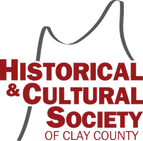

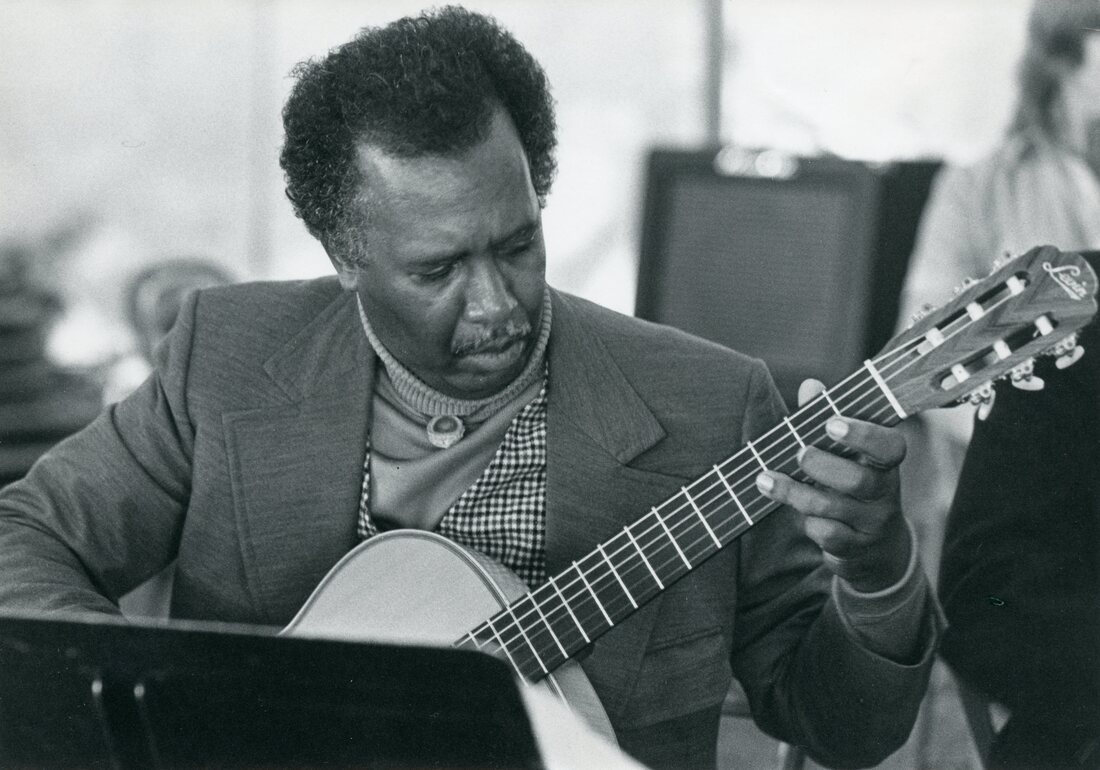
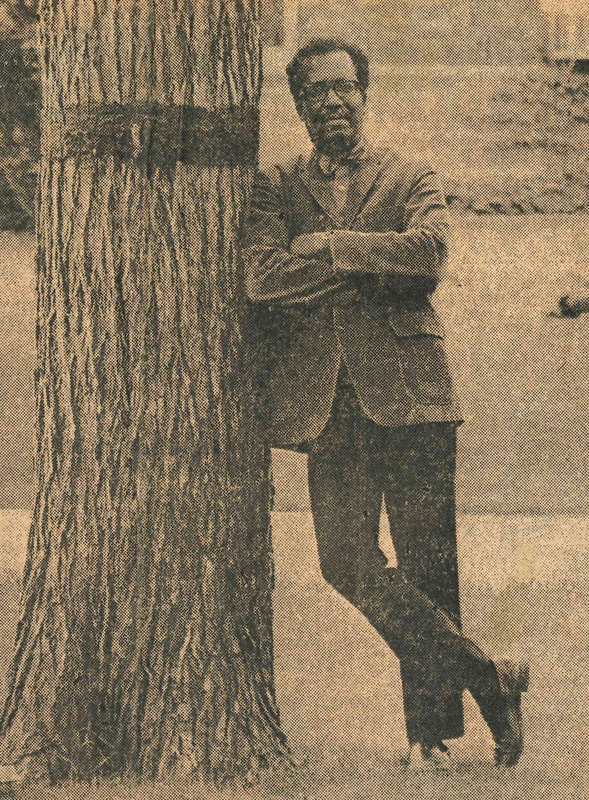









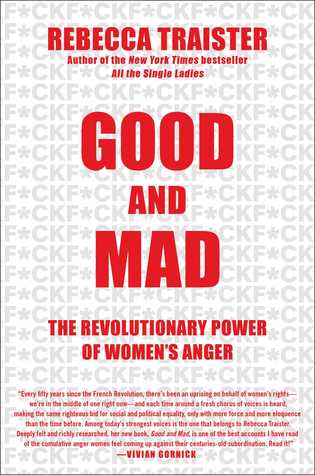
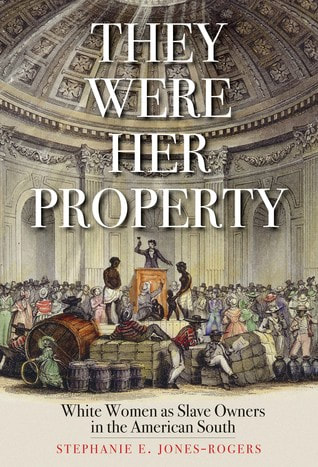




 RSS Feed
RSS Feed